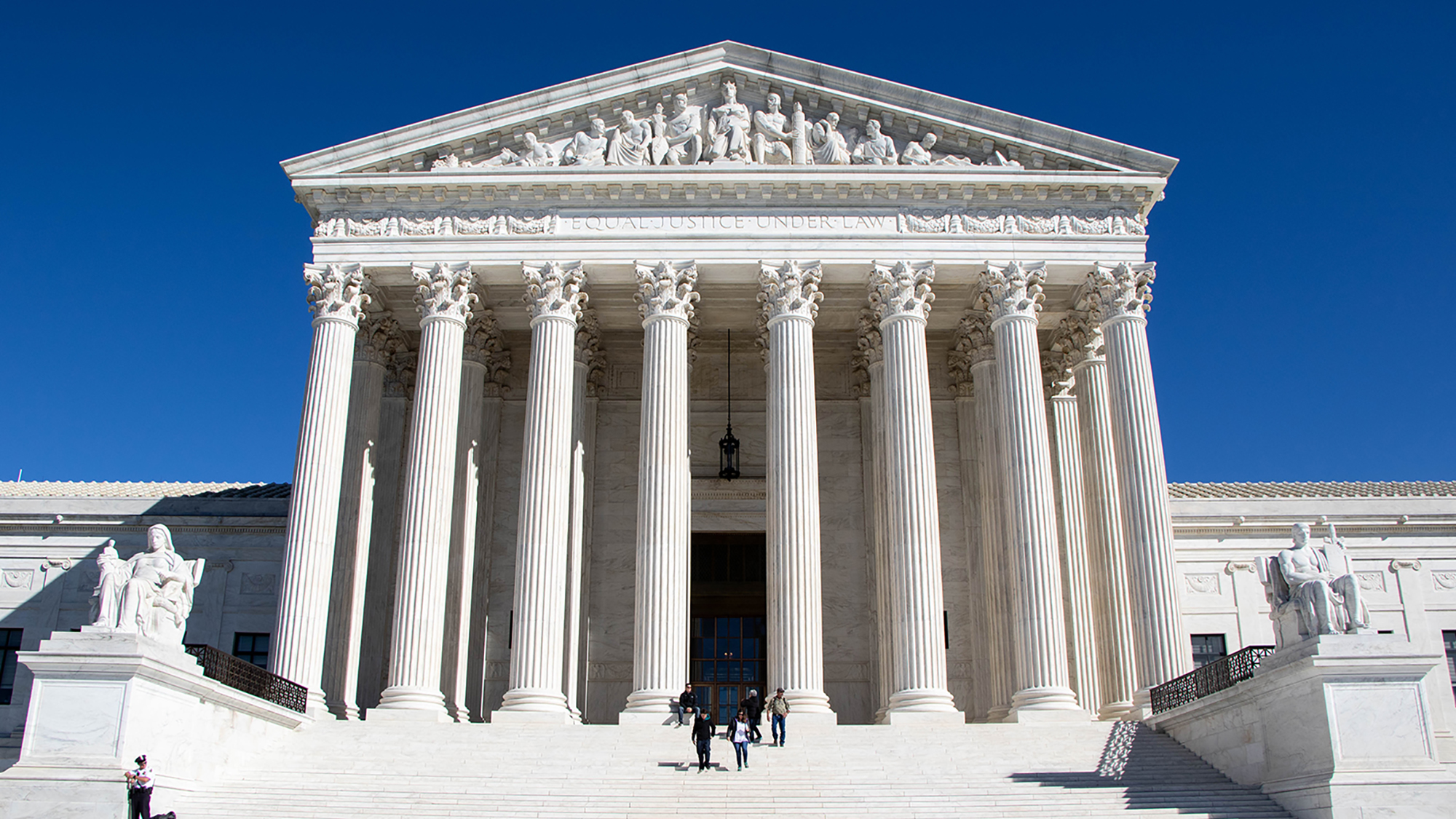Views expressed in opinion columns are the author’s own.
There is no simpler or less distressing way to put it: The separation of church and state is under attack. Two of this summer’s U.S. Supreme Court rulings have opened the floodgates of integration of religion into public education. One case mandated that Maine use public, taxpayer-funded money for some religious schools. In another, the court ruled that a public school football coach was wrongfully fired for leading his players in prayer after the games.
According to The Washington Post, these rulings have already led to more religion, specifically Christanity, being introduced into public schools, infringing on the rights of students who either ascribe to a different religion, or are non-believers altogether. It’s clear the political and legal advocacy of the religious right — who are a minority in this country — has paid off in spades. The left needs to match its aggressive legal and political tactics to ensure the U.S. remains a secular society.
Although certain conservatives seem to have forgotten this, freedom of religion is indeed included in the First Amendment of the Constitution. The founders, whose intentions the religious right holds up as gospel on other matters such as abortion, made it explictly clear separation of church and state should be a bedrock of American society. James Madison called proposals to make the U.S. a Christian state a “dangerous abuse of power” that “violates that equality which ought to be the basis of every law.” In decades past, the courts have also routinely ruled against the promotion of religion in public schools, despite persistent efforts challenging it.
So if the law is so clearly secular, how did the religious right so successfully chip away at the barrier between church and state? The answer lies in decades of legal and political activism. Beginning with Ronald Reagan’s presidency in the 1980s, the religious right successfully cultivated a relationship with the Republican party and became one of the parties’ major bases of support. This allowed them to get Republican candidates elected who shared their religious views, who in turn could appoint judges of the same persuasion. This has culminated in Republican presidents constructing the right-wing majority we have on the Supreme Court today, that has sided with the religious right in both of the aforementioned cases and in overturning the right to an abortion.
Secularists, left-wing advocacy groups and the Democratic party have not had an adequate answer for this. It is important to note that supporting secularism is not the same as being anti-religion. I am not arguing left-wing groups and politicians start denigrating religion or religious people; on the contrary, they need to be ramping up legal and political challenges to the religious right, so no one is forced to practice a religion they don’t believe in in public spheres.
There is a precedent for this on the left. For decades, court rulings on this issue have mostly ruled against the religious right, and advocacy groups such as the ACLU still regularly challenge anti-secular behavior in court. However, before the recent Supreme Court ruling, many communities were already illegally instituting school prayer with little to no pushback. If that is accurate, then these politicians and organizations need to be more vigilant in recognizing, documenting and researching this behavior, so they can fight it in the courts.
It’s time secularism becomes a bigger part of liberals’ legal and political agendas. Advocacy groups could expand their legal operations into more communities, especially ones where non-Christians make up a small minority and do not have the resources to fight anti-secular actions. Democrats could leverage the mixing of church and state as a key part of their argument on how the Republicans are undemocratic — something they have yet to do. Progressive federal and state legislators could push for laws which strictly prohibit the use of taxpayer funds for religious education. If the left takes these rulings lying down, then there is nothing stopping the right from making the line between church and state more gray. Much has been written about the generational impact of the Supreme Court’s decisions. Unfortunately, the right-wing majority on the Supreme Court will be in place for the foreseeable future, but as we have seen a robust response to their overturning of Roe v. Wade. A similarly robust response is needed for this rollback so we can have true religious freedom, not the freedom to push your religion onto others.
Adam Cullen is a senior government and politics major. He can be reached at acullen@umd.edu.



